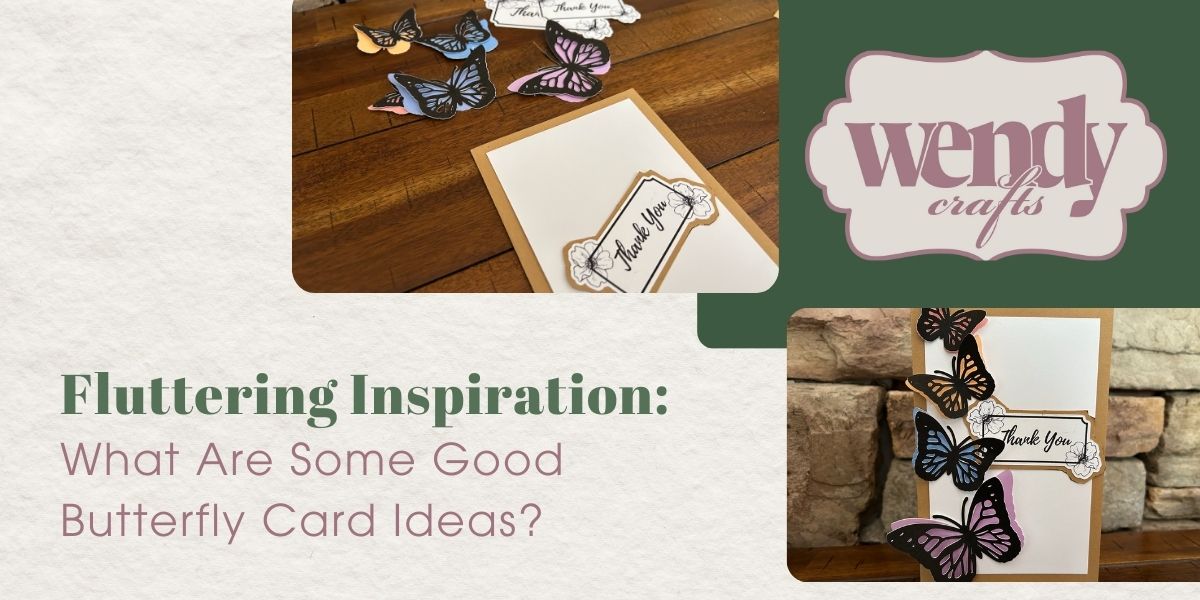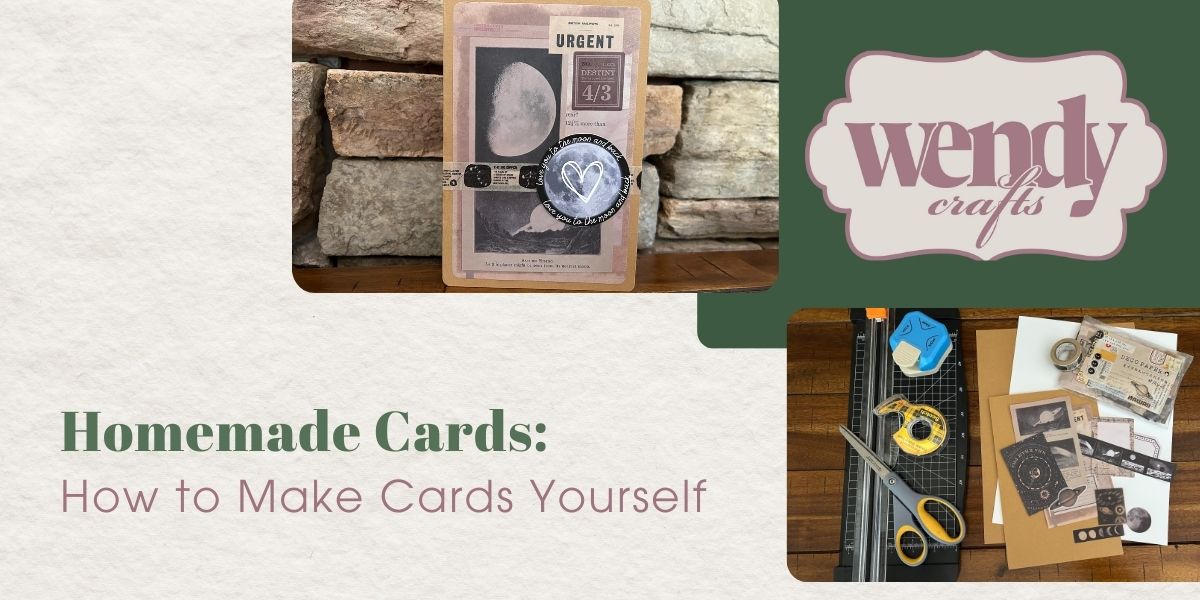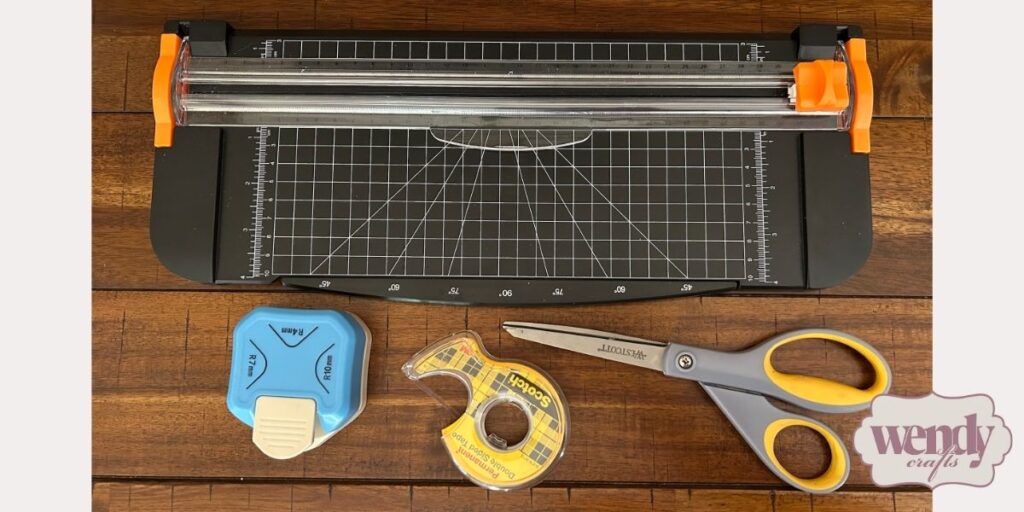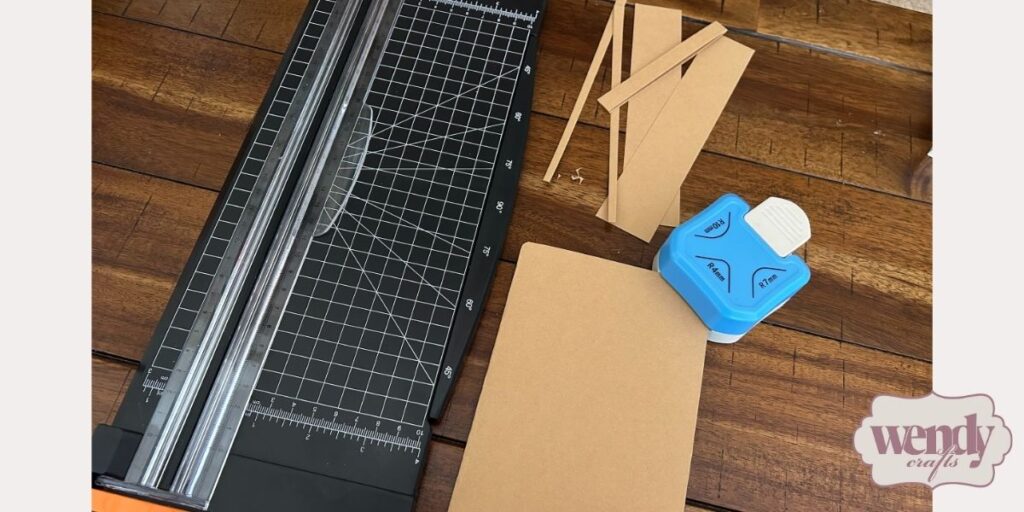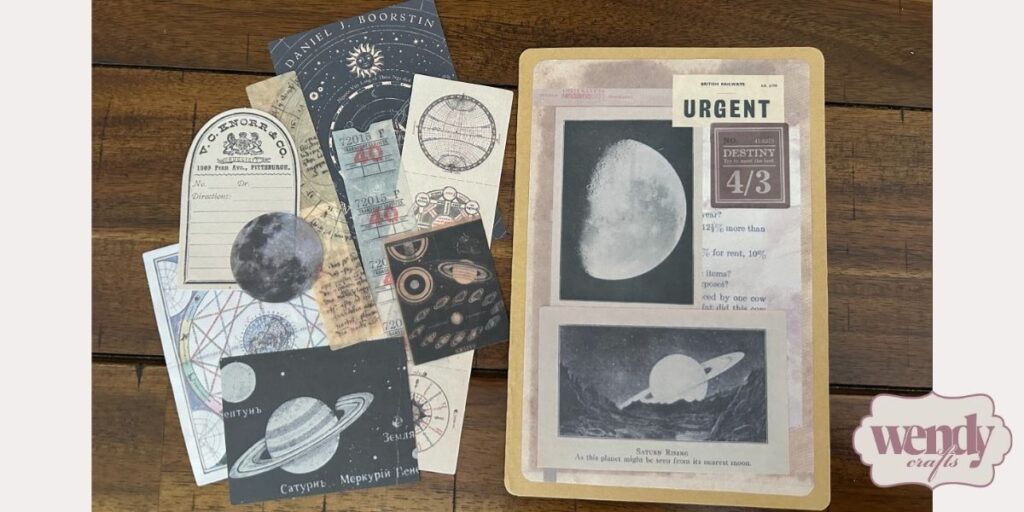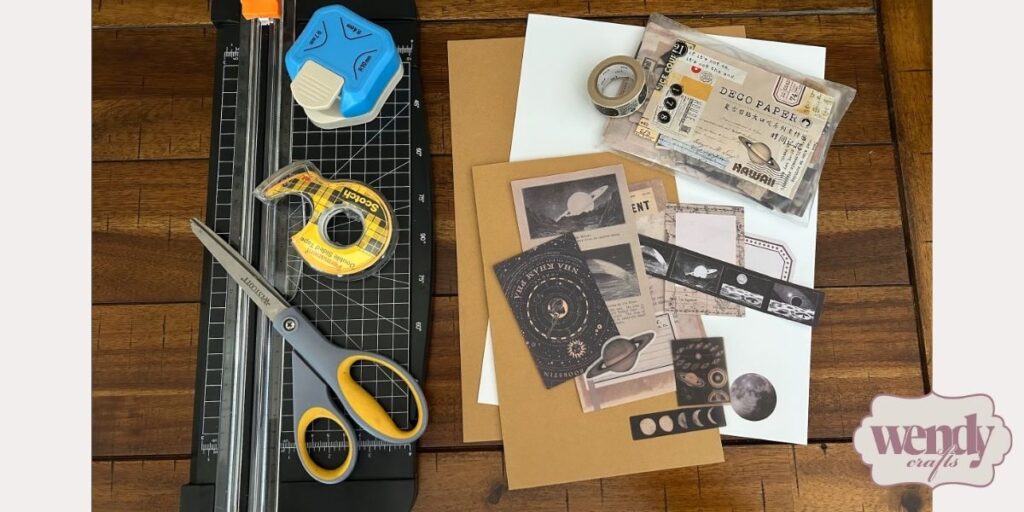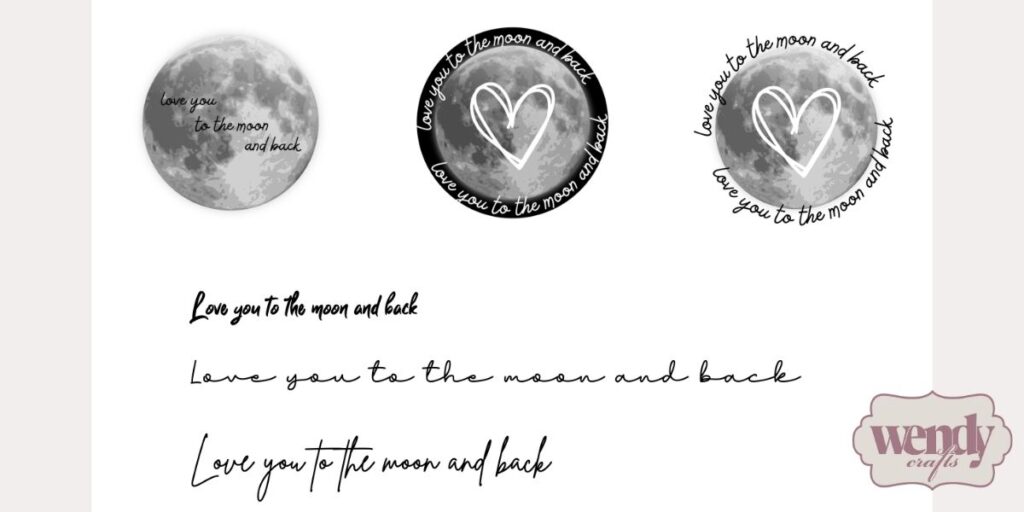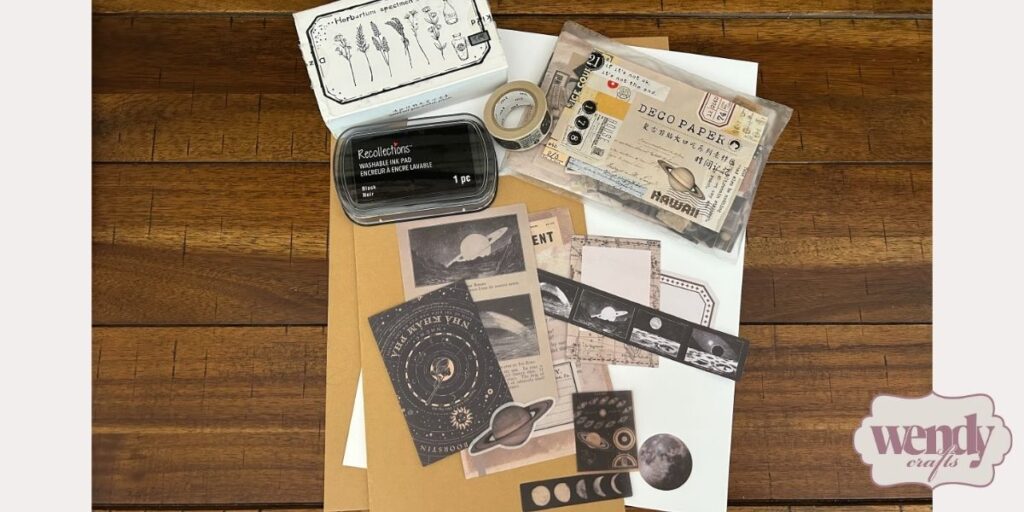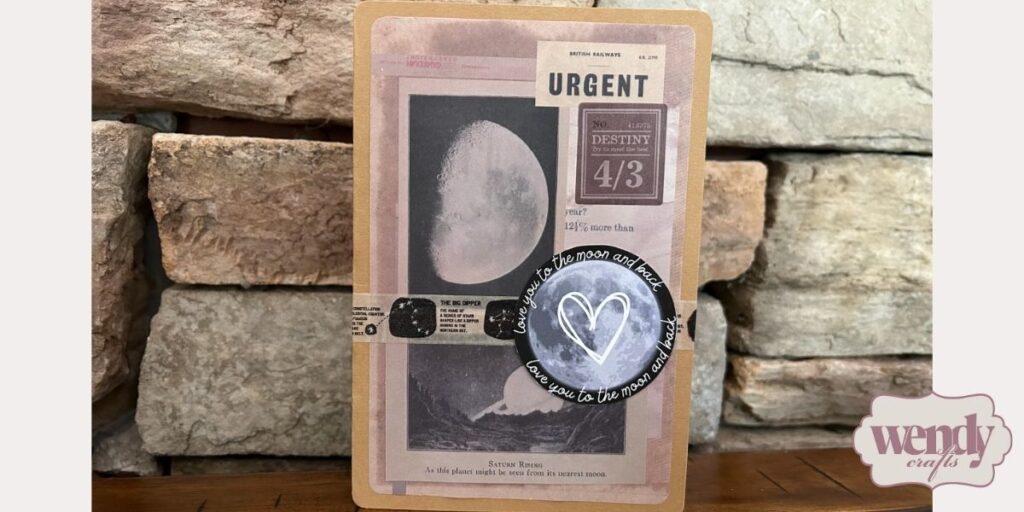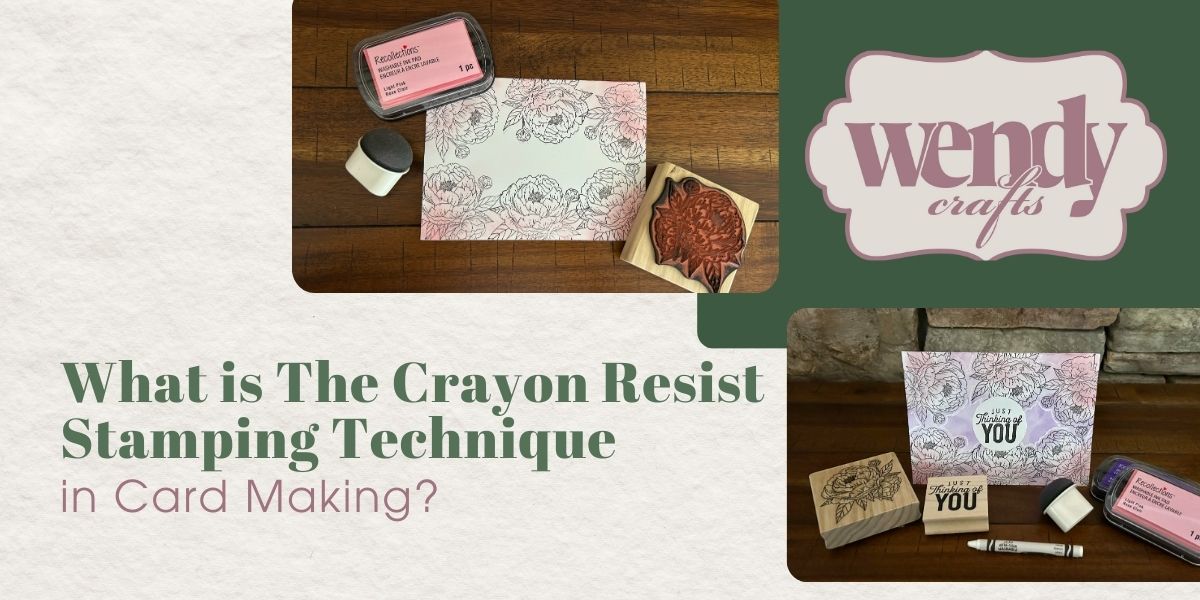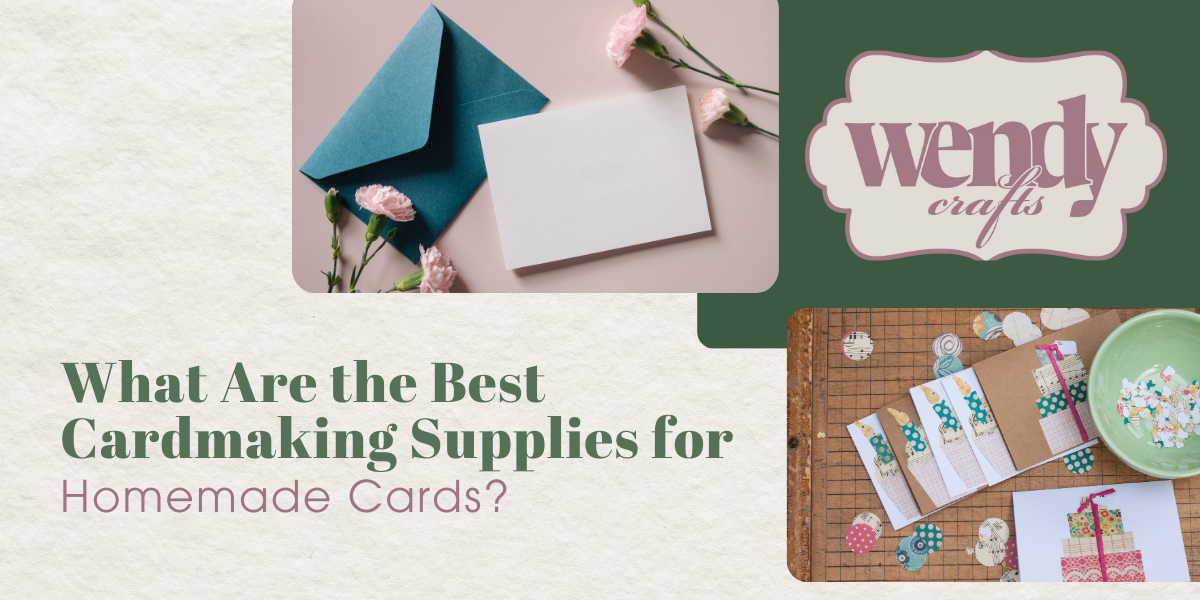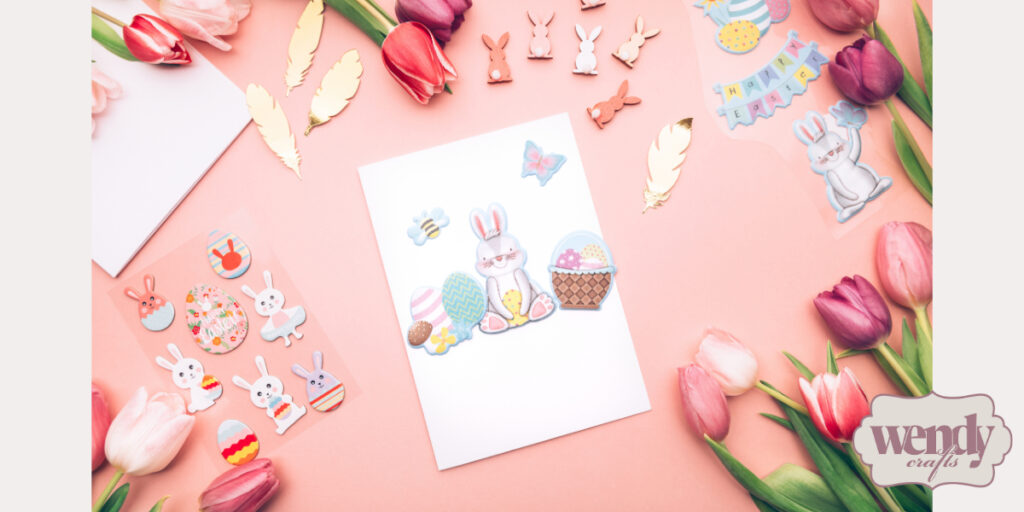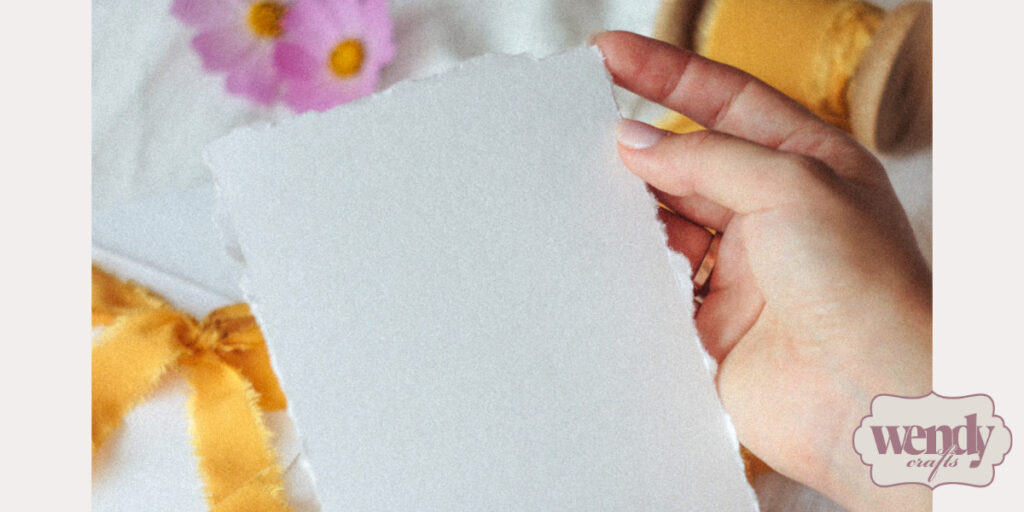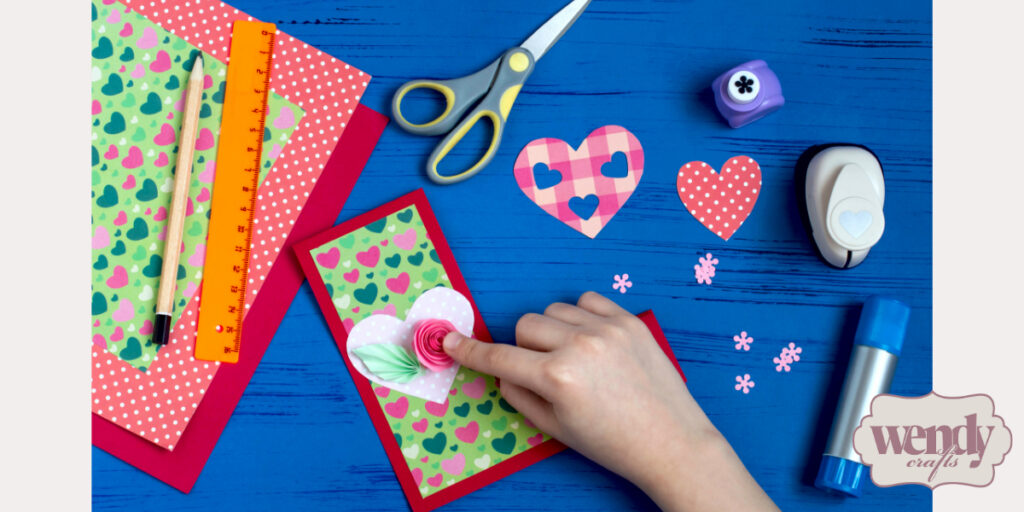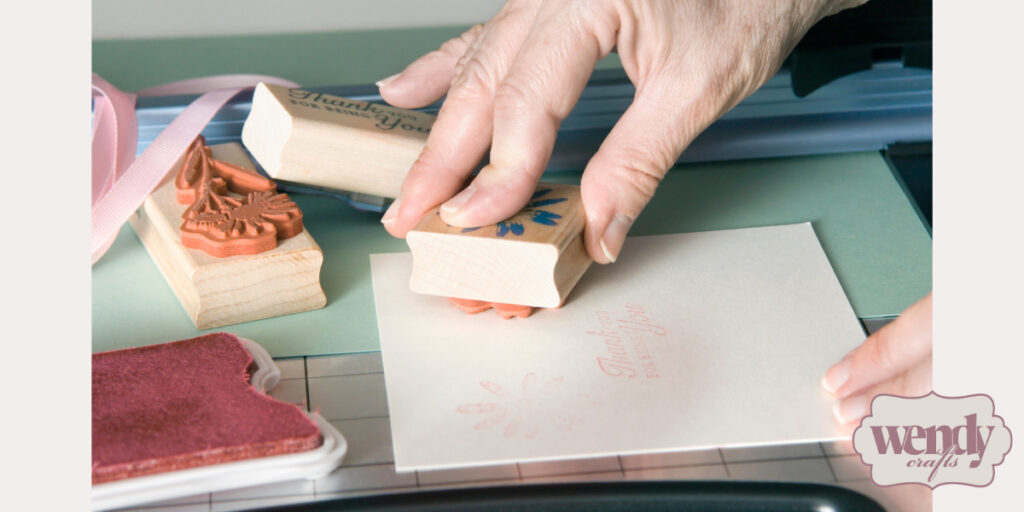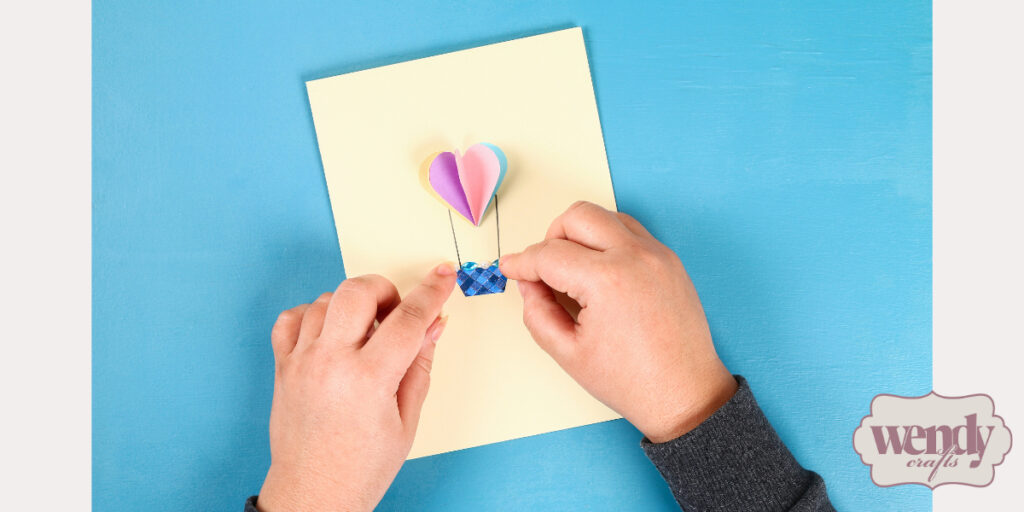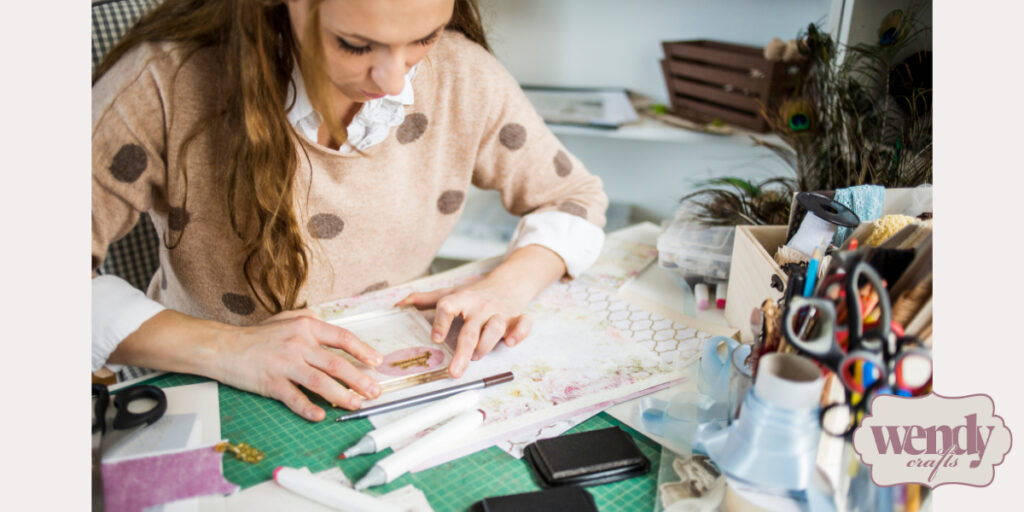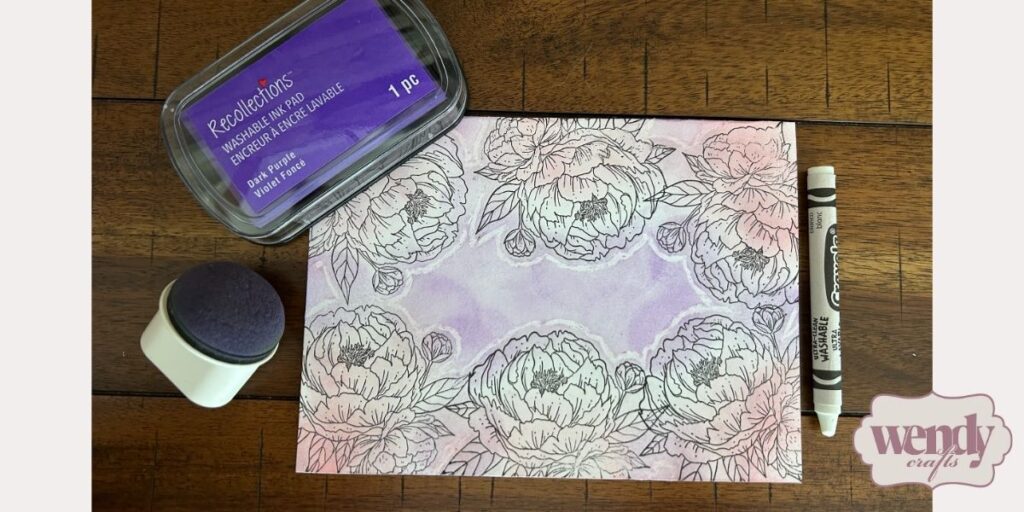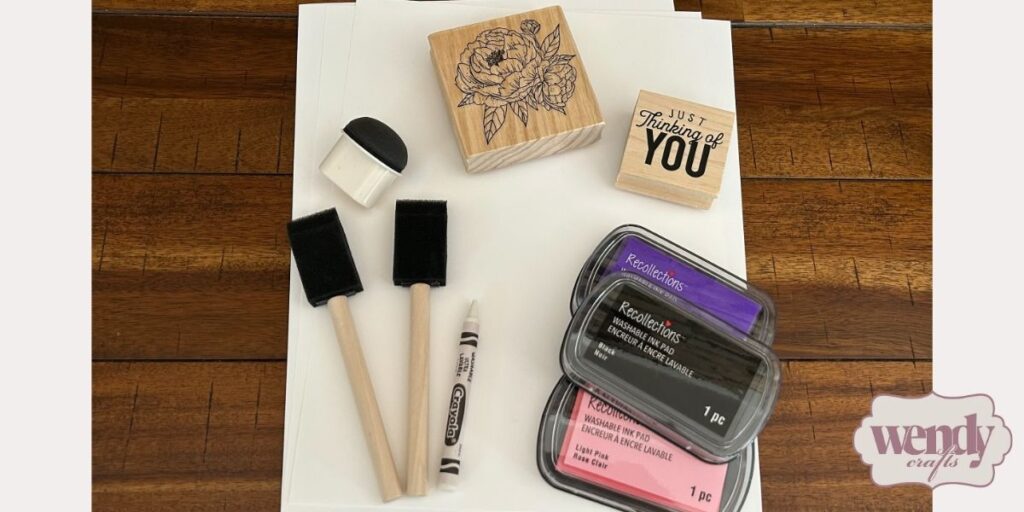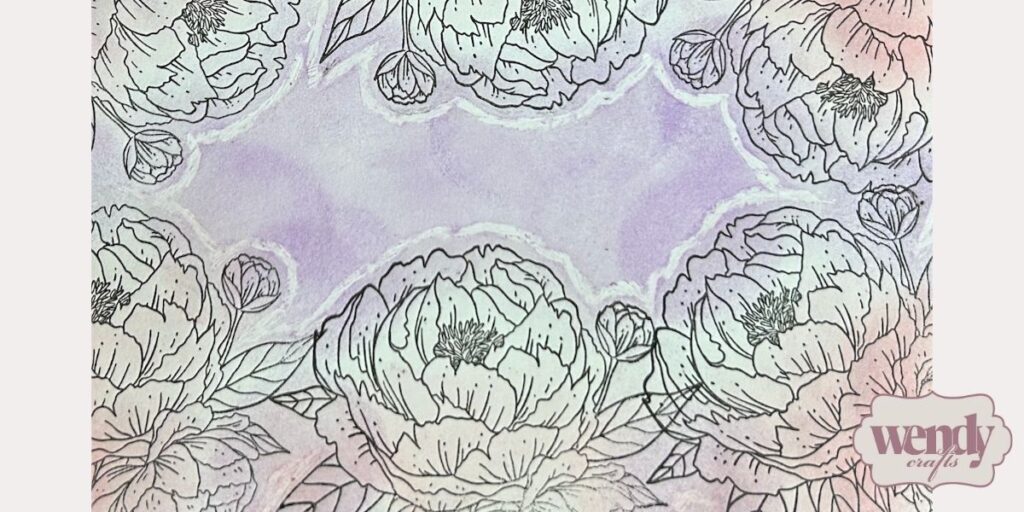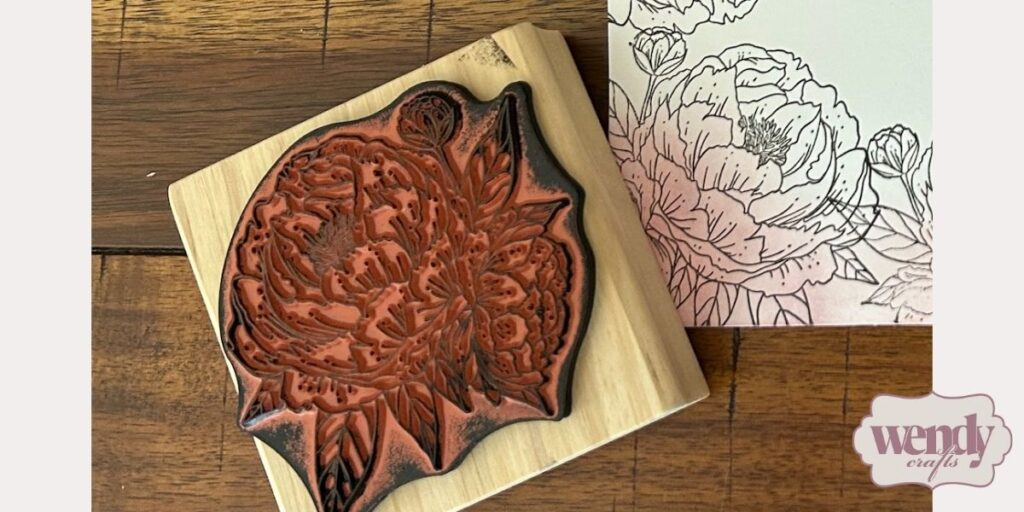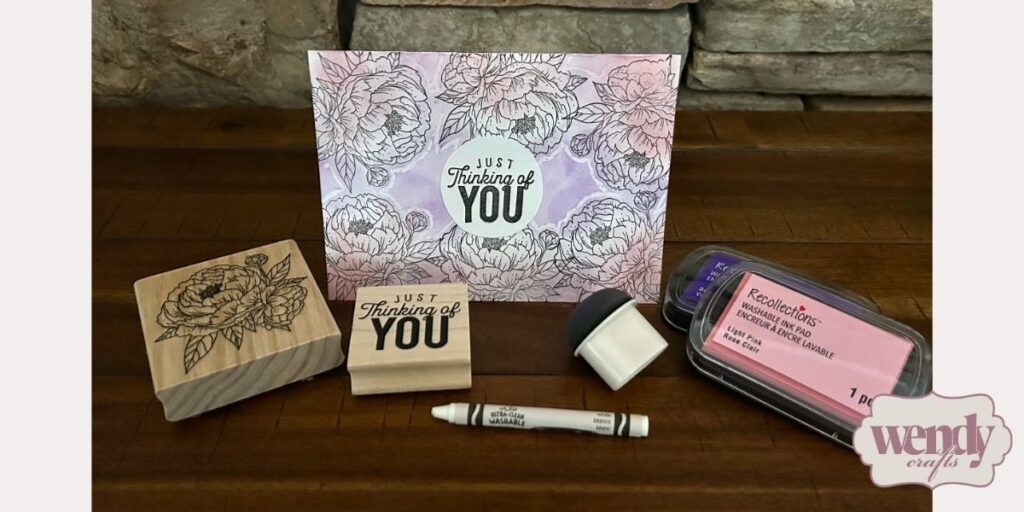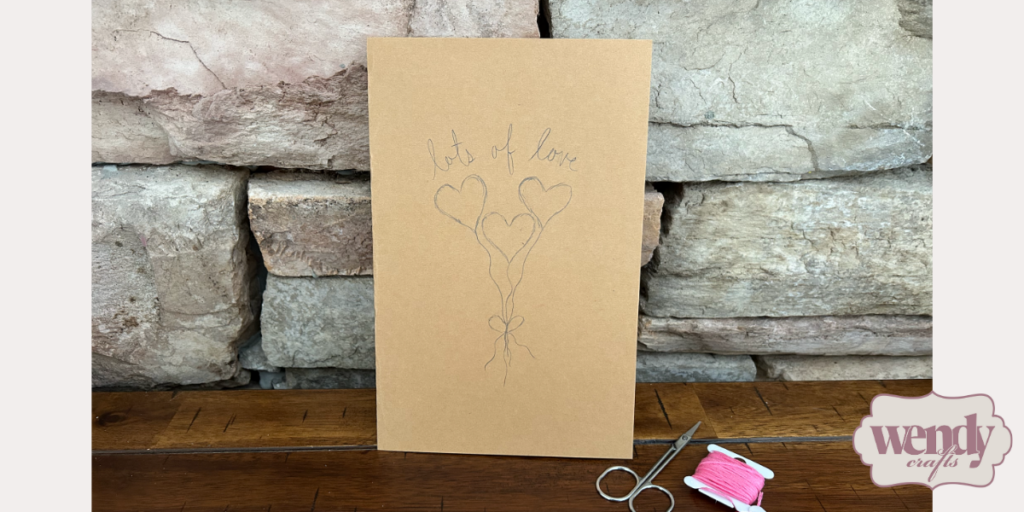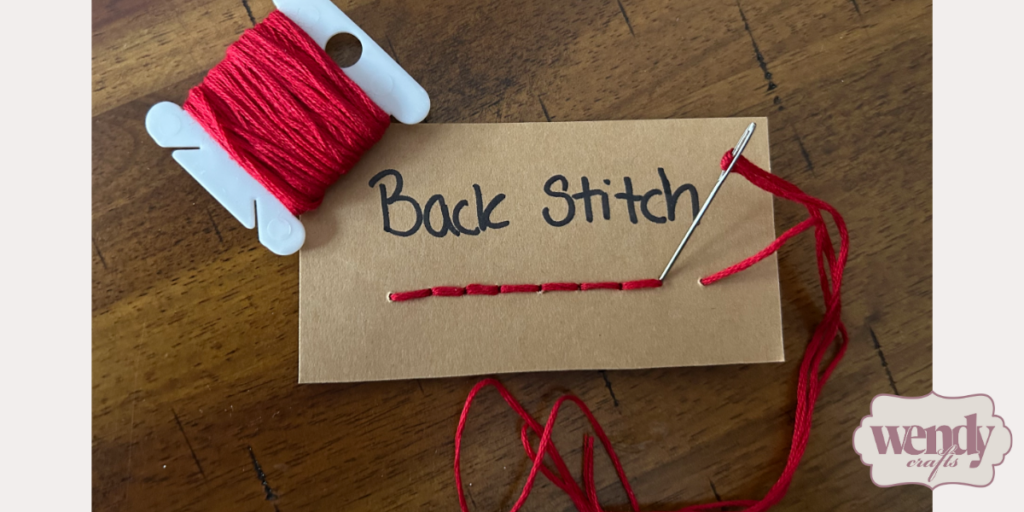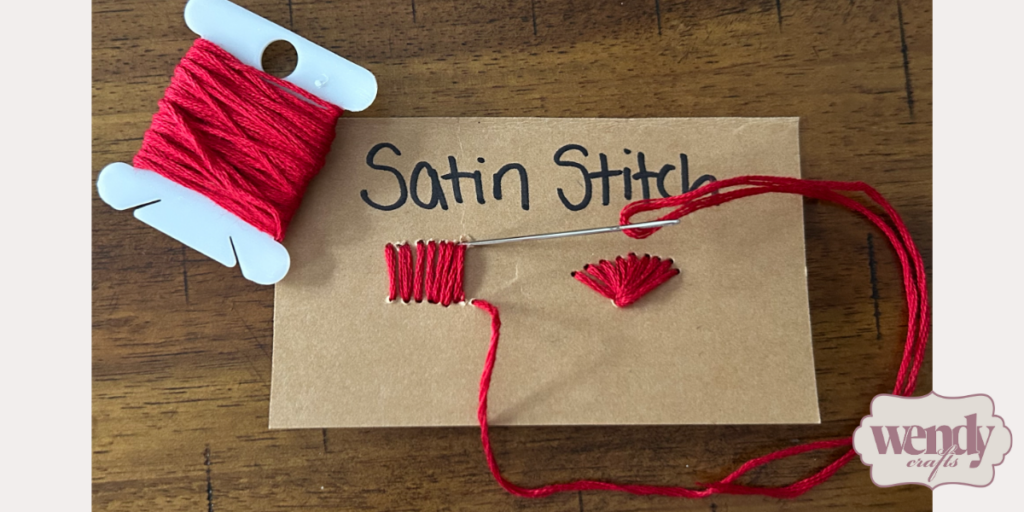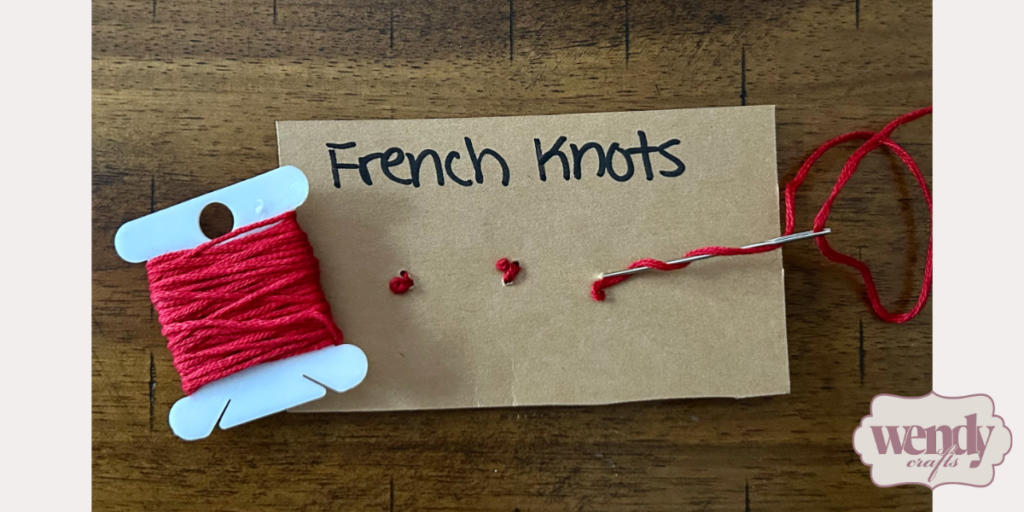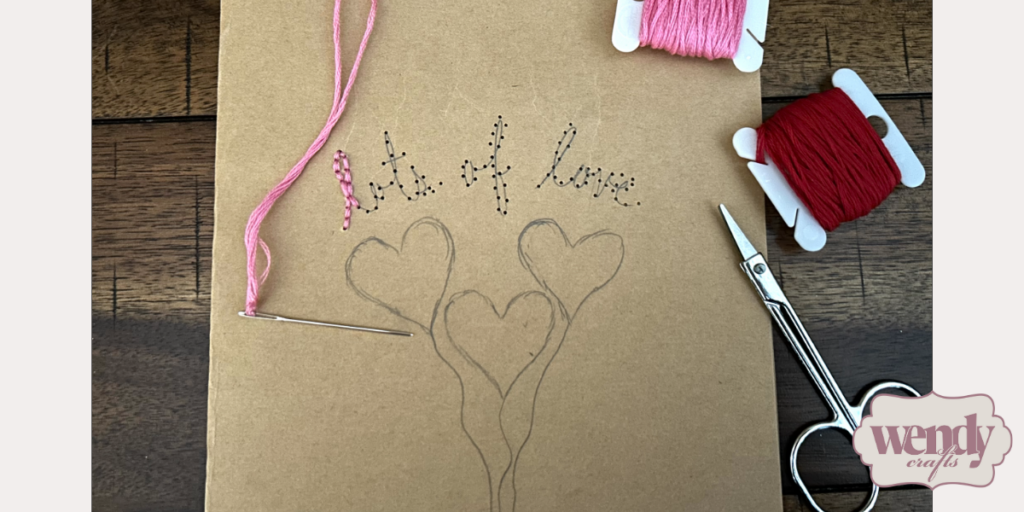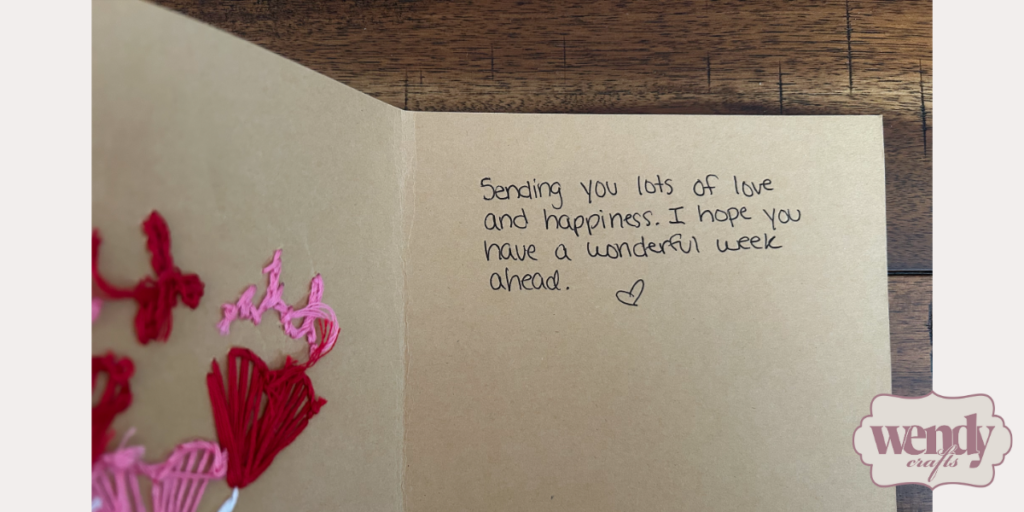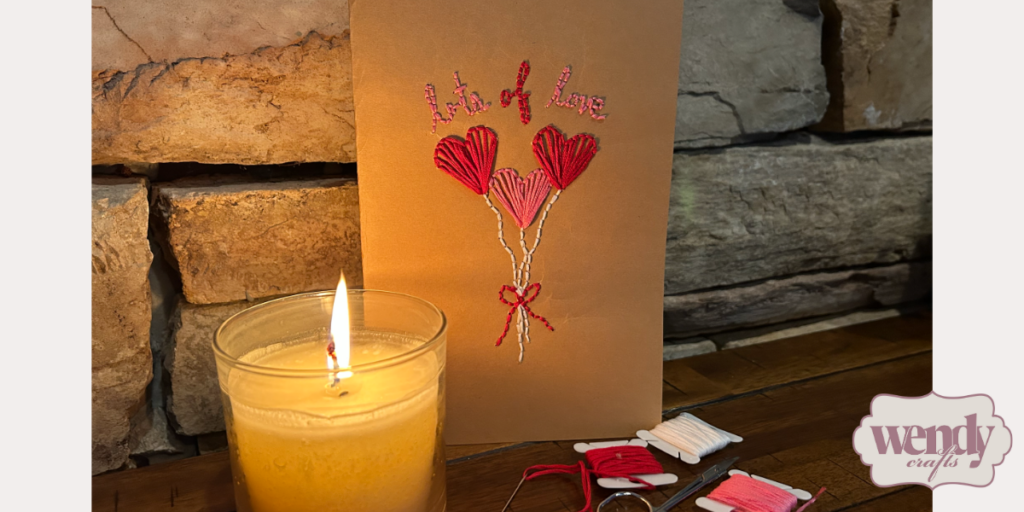Handmade Butterfly Cards for Spring & Summer
Aren’t butterflies just the most delightful creatures? They flutter and flit about all spring and summer, bringing a sense of joy and wonder to the garden. We can capture that same wonder and joy at our crafting tables with butterfly cards!
At Wendy Crafts, I believe in the power of creativity to uplift and inspire, and what better way to express that than through the delicate beauty of butterflies? It warms my heart to share some ideas for bringing their beauty to life in your butterfly cards.
Whether you’re just starting out or you’re a seasoned creator, there’s something for everyone in the world of butterfly cardmaking ideas.
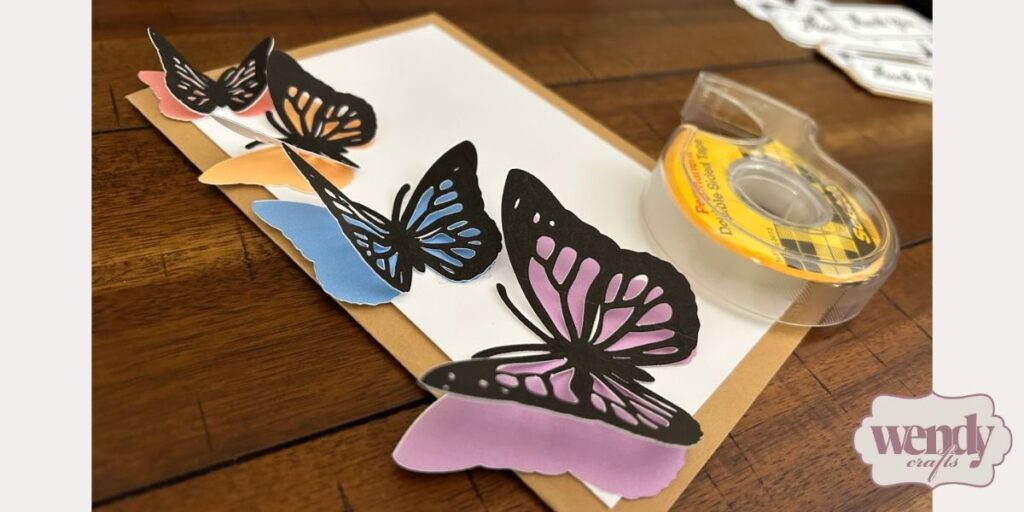
Discovering Delightful Butterfly Card Ideas
Just as spotting a butterfly in nature can brighten your day, creating a butterfly card can bring a spark of happiness to both the maker and the receiver. There are so many wonderful ways to capture their playful, ethereal essence on paper, from the simplest of designs to more intricate creations.
Let’s explore some ideas that might just inspire your next butterfly card making adventure!
Simple & Elegant Butterfly Card Ideas
Sometimes, the most beautiful things are the easiest to create. When time is short or you simply prefer a clean and classic look, these simple cards with butterflies are just perfect:
- The Beauty of Pre-Cuts: You can find pre-cut butterflies in a delightful array of papers and even as sweet little stickers. Just imagine layering a few delicate paper butterflies in soft pastel hues onto a crisp white cardstock—instant elegance!
- The Magic of a Simple Stamp: There’s something so charming about a simple butterfly outline or silhouette stamped onto a card. You can use your favorite inks—perhaps a soft gray for a touch of understated beauty or a vibrant color to really make it pop! It’s a lovely way to create sophisticated, minimalist butterfly greeting card ideas that still carry a heartfelt message.
- Washi Tape Wonders: Washi tape is like a little ribbon of possibility! Butterfly-themed washi tape can add such a whimsical touch to your cards. You can create borders and butterfly trails or even use them to outline a butterfly shape. It’s a fun and easy way to add a bit of flair to your butterfly card-making.
- Keeping it Minimalist: Sometimes, a single, perfectly placed butterfly is all you need. Imagine a beautifully die-cut butterfly in a contrasting color on a simple cardstock. It speaks volumes without being fussy. These minimalist butterfly greeting card ideas are often the most impactful.
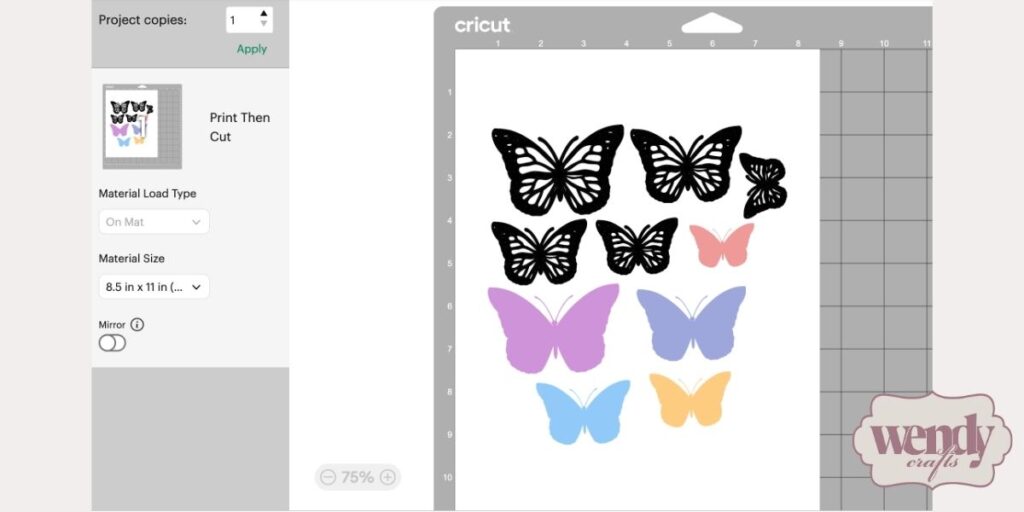
Exploring Handmade Butterfly Cards
For those of us who find joy in the process of creating something unique with our own hands, handmade butterfly cards offer a rewarding crafting experience. Here are some other ways to explore butterfly card making:
- The Art of Paper Piecing: Paper piecing is like putting together a little puzzle of paper to create a layered design. Butterfly wings are just perfect for this! You can choose different patterned papers or coordinating solids for each section of the wing, building up a dimensional butterfly. It adds a lovely texture and depth to your cards with butterflies.
- Bringing Butterflies to Life with Color: Don’t be afraid to get your hands inky or paint-splattered! Coloring your stamped or die-cut butterflies with markers, watercolors, or even colored pencils can bring them to life in a beautiful way. Adding a little shading along the edges can give them dimension and make them feel like they’re about to take flight on your handmade cards.
- Adding a Little Sparkle and Shine: Who doesn’t love a bit of sparkle? A touch of glitter on butterfly wings can catch the light so beautifully! And tiny gems or pearls added along the body or wing details can give your butterfly card a touch of elegance.
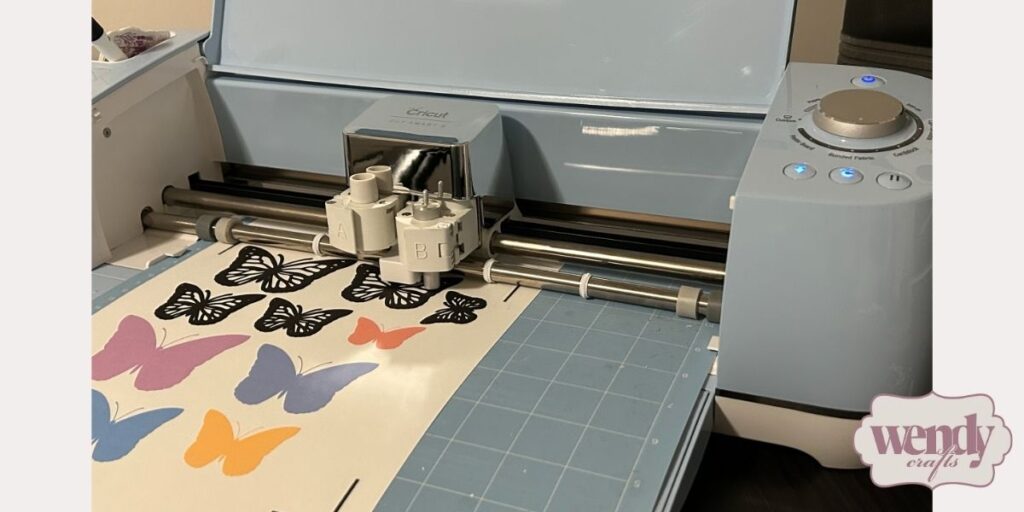
Unique Butterfly Card Ideas for Special Occasions
Butterflies seem to carry a message of hope and joy, making them perfect for many different occasions. Here are some butterfly card ideas tailored for those special moments:
- Celebrating Birthdays with Fluttering Fun: For birthdays, let’s make things bright and cheerful! Imagine a cascade of vibrant butterfly die-cuts fluttering across the card front, maybe even layered with some fun birthday greetings. It’s a wonderful way to create a celebratory greeting card.
- Offering Comfort with Gentle Wings: In times of sorrow, a delicate butterfly can symbolize hope and transformation. Soft, muted colors and a single, gracefully placed butterfly on a sympathy card can convey a sense of peace and comfort in a handmade card.
- Expressing Gratitude with Graceful Accents: For thank you cards, a subtle butterfly detail can add a touch of elegance. Placing a small butterfly die-cut tucked into a corner or a delicate stamp near your message is a lovely way to create a refined butterfly card.
- Sending Uplifting Thoughts with Fluttering Friends: A thinking of you card with cheerful colors and an uplifting butterfly design can bring a little bit of sunshine to someone’s day. The recipient will love seeing a few butterflies seemingly taking flight across your handmade card.
- Welcoming New Life with Sweet Butterflies: For baby shower cards, sweet and gentle butterflies in pastel shades are just adorable. You could pair them with other baby-themed elements for a truly precious butterfly card idea.
The Magic of Butterfly Pop-Up Cards
Butterfly pop-up cards are a most delightful surprise! When the recipient opens the card and a beautiful butterfly seems to flutter to life, it sends a message of joy.
The clever mechanics behind a butterfly pop-up card are fascinating! There are so many ingenious ways to make those beautiful wings seem to flutter to life. Some of the simpler methods involve carefully folding the butterfly’s wings and then attaching its little body to a center panel that gently rises when the card is opened.
Then there are the more intricate designs, which can create a dynamic fluttering motion—almost as if a real butterfly has landed right on the card! Creating pop-up cards might seem intimidating at first, but don’t let that deter you! It’s a fun and rewarding technique to learn, and the surprise it brings to the recipient is priceless!
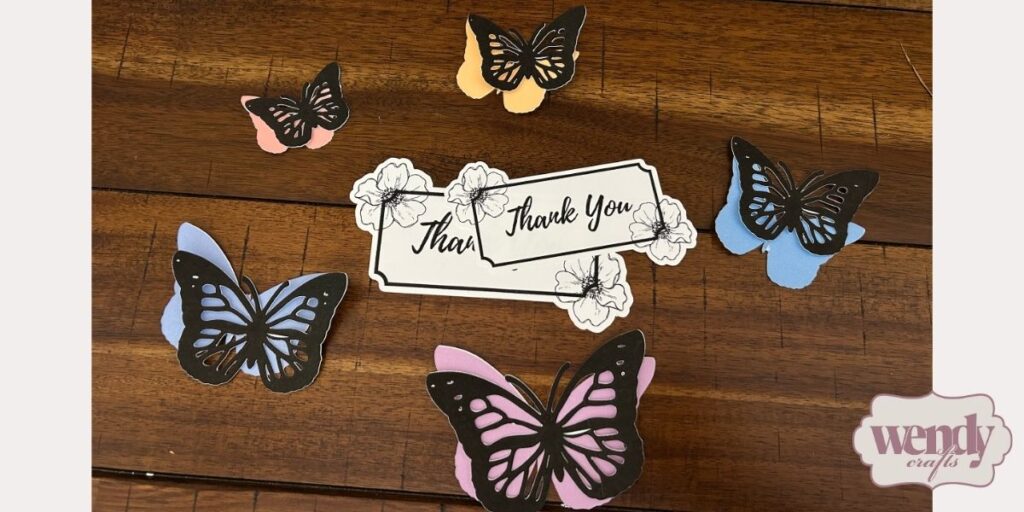
Incorporating Different Materials in Your Butterfly Cards
Don’t limit yourself to just paper! There’s a whole world of card making supplies and materials that can add such a unique and personal touch to your butterfly cards.
- The Ethereal Beauty of Vellum: With its translucent quality, vellum is just perfect for creating delicate butterfly wings. Layering vellum over colored cardstock creates a beautiful, almost stained-glass effect on your handmade butterfly cards.
- Adding Texture with Fabric Scraps: Using fabric scraps or embroidery to create a butterfly adds a lovely tactile element to your cards. Imagine a butterfly made of soft felt or delicate lace! Details like these add wonderful dimension to your butterfly cards.
- Bringing in Nature with Dried Elements: For a truly unique touch, consider incorporating dried flowers and leaves around your butterfly designs. It creates a beautiful, natural feel to your butterfly greeting card.

Tips for Stunning Butterfly Card Making
Through my own crafting journey, I’ve discovered that the little details can truly elevate a project. To make your butterfly cards truly shine, here are a few little tips I’ve learned along the way.
Play With Color
Don’t be afraid to experiment with different color combinations! Think about how the colors make you feel—bright and cheerful, or soft and serene? Let your emotions guide your choices for your handmade butterfly cards.
Consider Size and Placement
The size and where you place your butterflies on the card can make a big difference. A single large butterfly can be a beautiful focal point, or a scattering of smaller ones can create a sense of movement on your butterfly card.
Good Cardstock is Crucial
Using a good quality cardstock as your base makes a difference in how your finished card looks and feels. It provides a sturdy foundation for all your lovely butterfly creations.
Make Sure Everything is Clean and Precise
Taking a little extra time to ensure your cuts are clean and your gluing is neat will impact the quality of your butterfly card-making. Precision makes your cards look more professional.
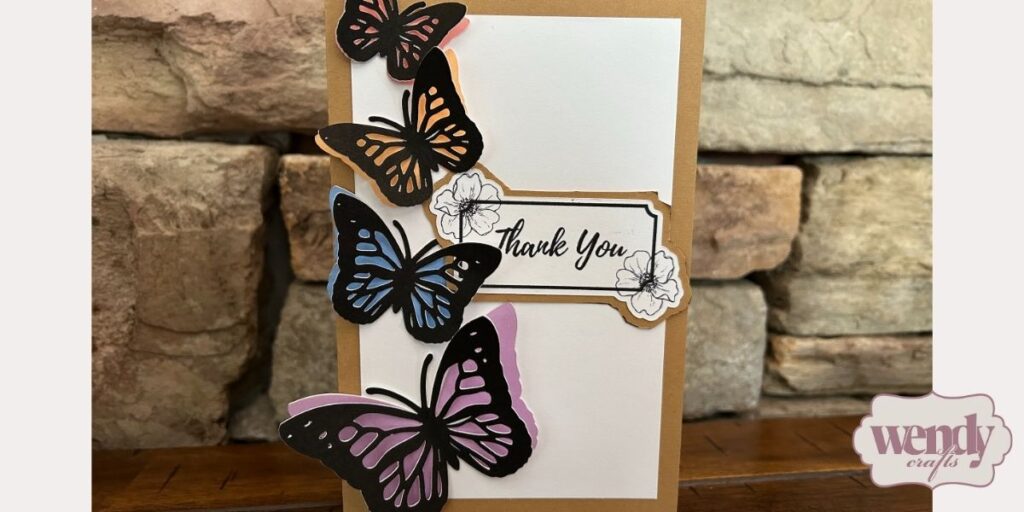
Start Making Your Fluttering Creations!
From the simplest stamped butterflies to the delightful surprise of a butterfly pop-up card, there are many wonderful ways to capture the beauty and symbolism of these amazing creatures in your paper creations. There’s such joy in giving and receiving a thoughtful butterfly greeting card, a little handmade piece of happiness.
Have fun and let your creativity take flight!
At Wendy Crafts, I genuinely believe in the power of crafting and how it can offer healing, build community, and spread joy. Be sure to check out the rest of my website for more handmade card and paper craft ideas!
